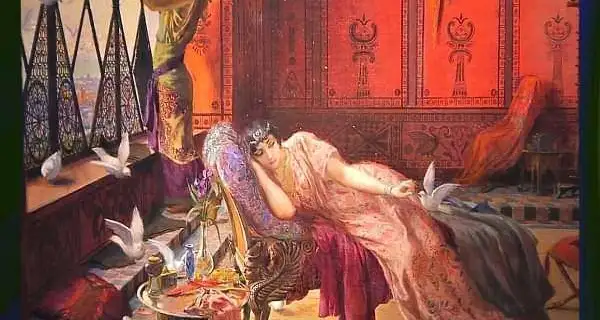A flagship exhibition, dedicated to the work of Flaubert “Salammbô”, bringing together Tunisian masterpieces and exceptional loans of objects of French collections will be held at the National Museum of Bardo, from September 24 to January 12, 2025.
“It was in Mégara, Faubourg de Carthage, in the gardens of Hamilcar. “: The first sentence of” Salammbô “, Flaubert novel published in 1862, was for generations of readers, the trigger for a unique experience.
Centering his remarks on this masterpiece of modern literature, the exhibition “Salammbô. From Flaubert to Carthage ”immerses us in the heart of a whirlwind of images and sensations which reveals his considerable scope on the arts and representations, but also his heritage in the history of the Mediterranean.
This exhibition, the fruit of collaboration between the meeting of Metropolitan Museums Rouen Normandy, the Mucem and the National Institute of Heritage in Tunisia was presented at the Museum of Fine Arts in Rouen in 2021 then at Mucem in Marseille in 2022, welcoming more than 75,000 visitors. It will be presented at the Bardo Museum from September 24 to January 12, 2025, in cooperation with the French Institute in Tunisia.
By summoning literature, painting, sculpture, photography, scene arts, cinema, and archeology, the exhibition explores the news of an extraordinary work where contemporary concerns are jostled.
The exhibition will bring together more than fifty works from the Tunisian and French collections, including those of the National Museum of Bardo, the Carthage Museum, Museums of the Rouen Metropolis Normandy, the Villon heritage library, the Orsay museum, the National Library of France, museums in the city of Marseille, as well as private praetors.
Thanks to the National Heritage Institute of Tunisia, with which the museums of Rouen Métropole and the Mucem have had a close policy of cooperation for several years, major loans have been made, allowing the Tunisian public to discover the treasures illustrating the genesis of the book “Salammbô” compared with archaeological objects of the Punic era.
Hb








